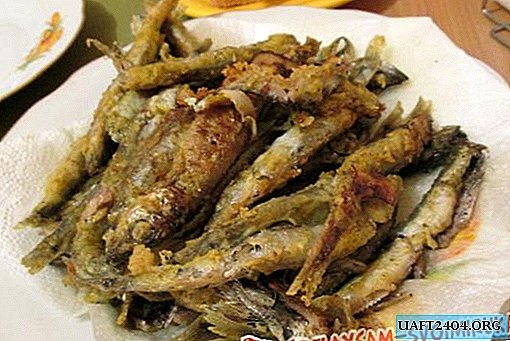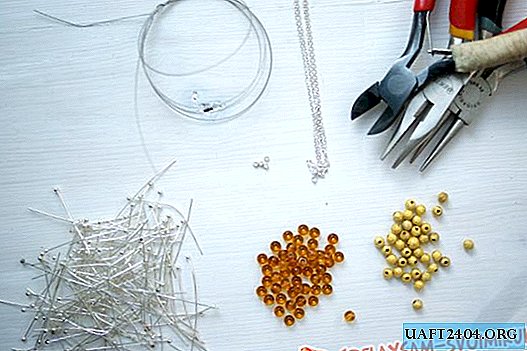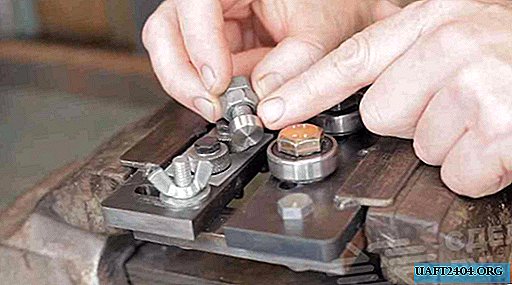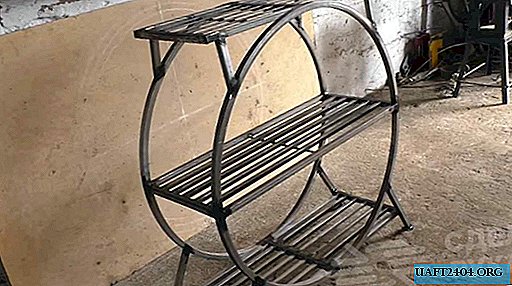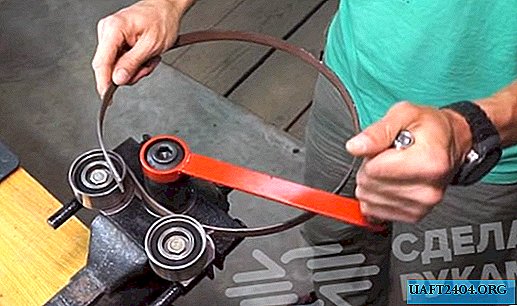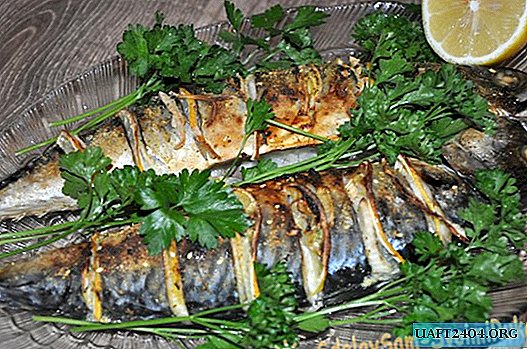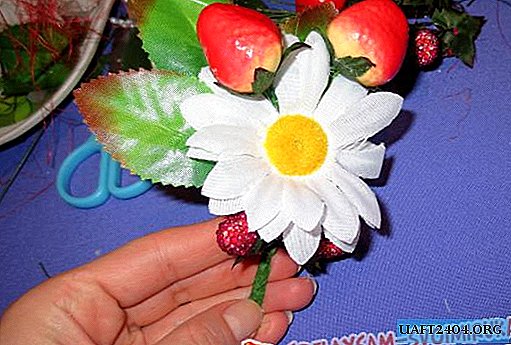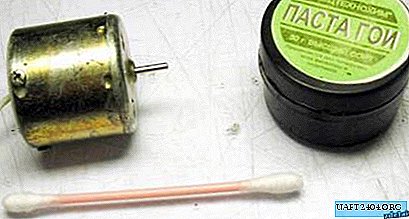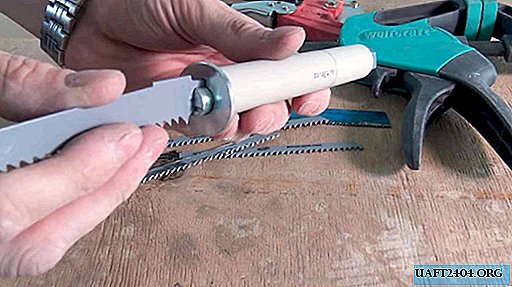
In this review, the author shows how to make convenient handles for saw blades from a jigsaw and reciprocating saw.

It’s not difficult to make such pens, and everyone can cope with this task without problems (if the workshop has the necessary tools).
The main material for making a pen is an anchor. Also, pieces of polypropylene pipe (of different lengths) with a diameter of 20 mm, nuts and metal washers are required.

The main stages of work
From the flared end of the anchor, on the one hand, 2.5 cm must be retreated, on the other hand, 3.5 cm. Then the master makes a groove in the center of the anchor using a grinder with a cutting disc of 1.5 mm.

Next, with sandpaper, you need to smooth out all the sharp edges a little. Also at the end of the anchor, the author marks the angle grinder on the side that has a 3.5 cm groove.
In metal washers, a small groove must be made across a width of about 2 mm and a depth of about 3-4 mm. The author makes it using a jigsaw.

However, this can also be done with a hacksaw for metal with a thin cloth or ordinary file. Using a strip of sandpaper, the author processes the inside of the hole in the washer to make a small cone.
On the nuts that came with the anchor, on the one hand you need to make a slight roughness. For this, the author uses a grinder.

Homemade pen assembly process
The polypropylene pipe must be cut into pieces of the desired length. For one handle, two pieces are required - one piece 8.5 cm long, the second 4.5 cm. The dimensions of the blanks from the PP pipe directly depend on the length of the anchor.

At the next stage, we need a cut steel tube with an expandable end, which the master bends to the side. Then the tube must be inserted into a small piece of polypropylene pipe.

We put the prepared washer on the body of the anchor so that the groove in its hole is just on the flared side of the anchor. Then we put on a long piece of polypropylene pipe.

Please note: before putting on a short piece of PP pipe, the pipe itself inserted into it will need to be expanded along the slot. This will allow the polypropylene tubes not to move relative to each other.
Next, we wind the nut already, orienting it with the rough side towards the polypropylene pipe. But before that you need to slightly grind the extended end of the anchor above and below the slot - in this case, the puck will not wedge when clamped.

For details on how to make homemade handles from a PP pipe and an anchor bolt, see the video on the website.

